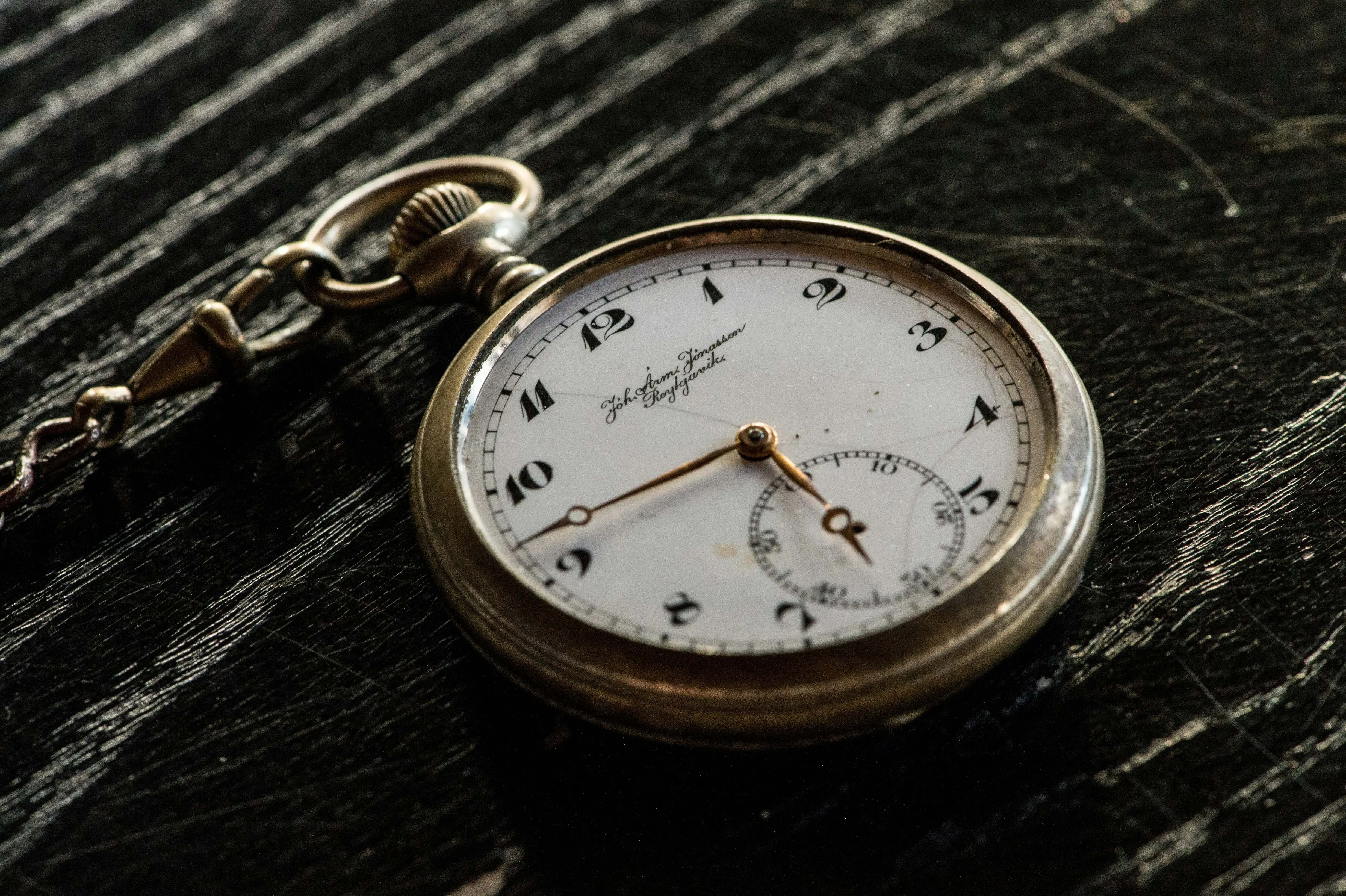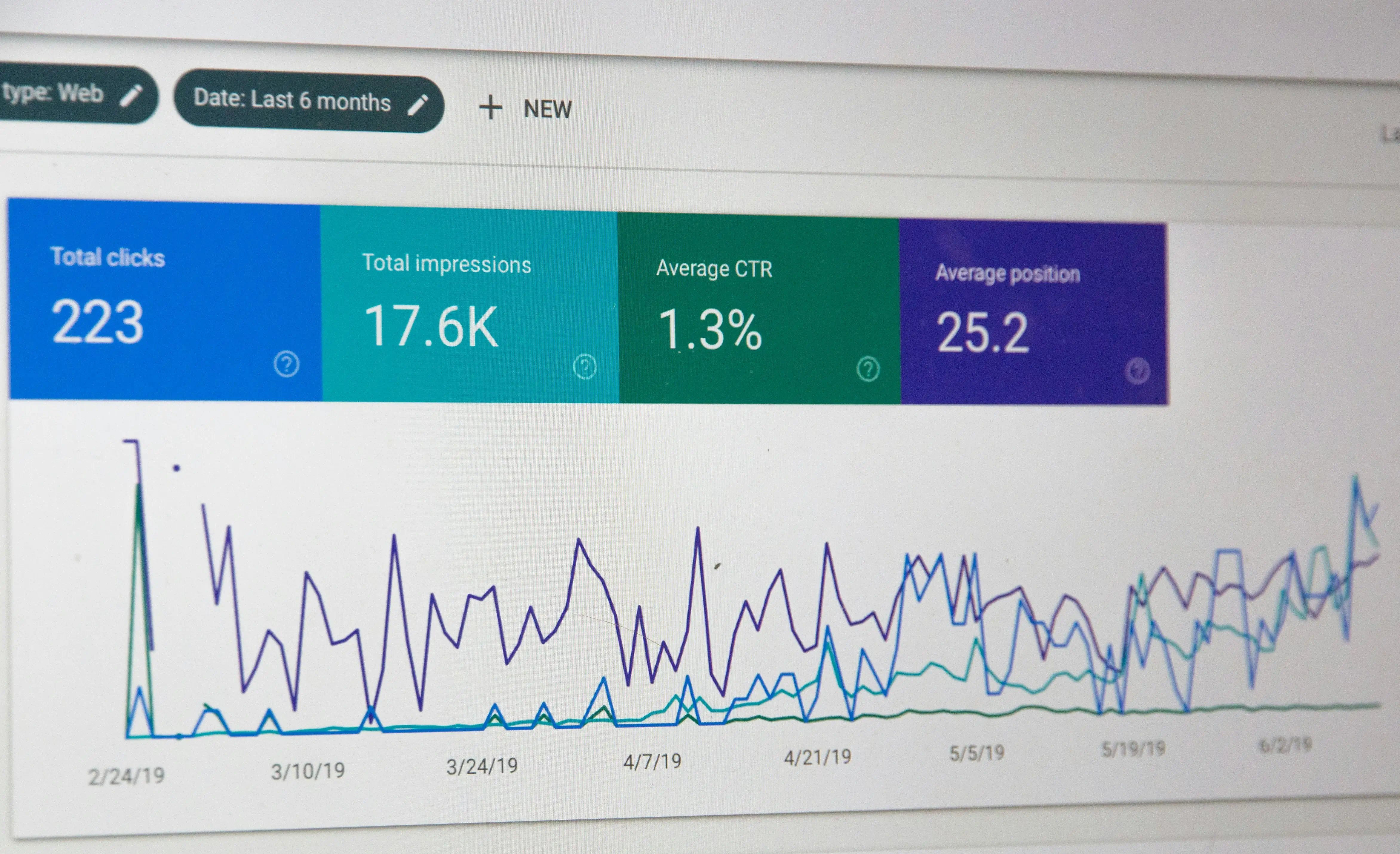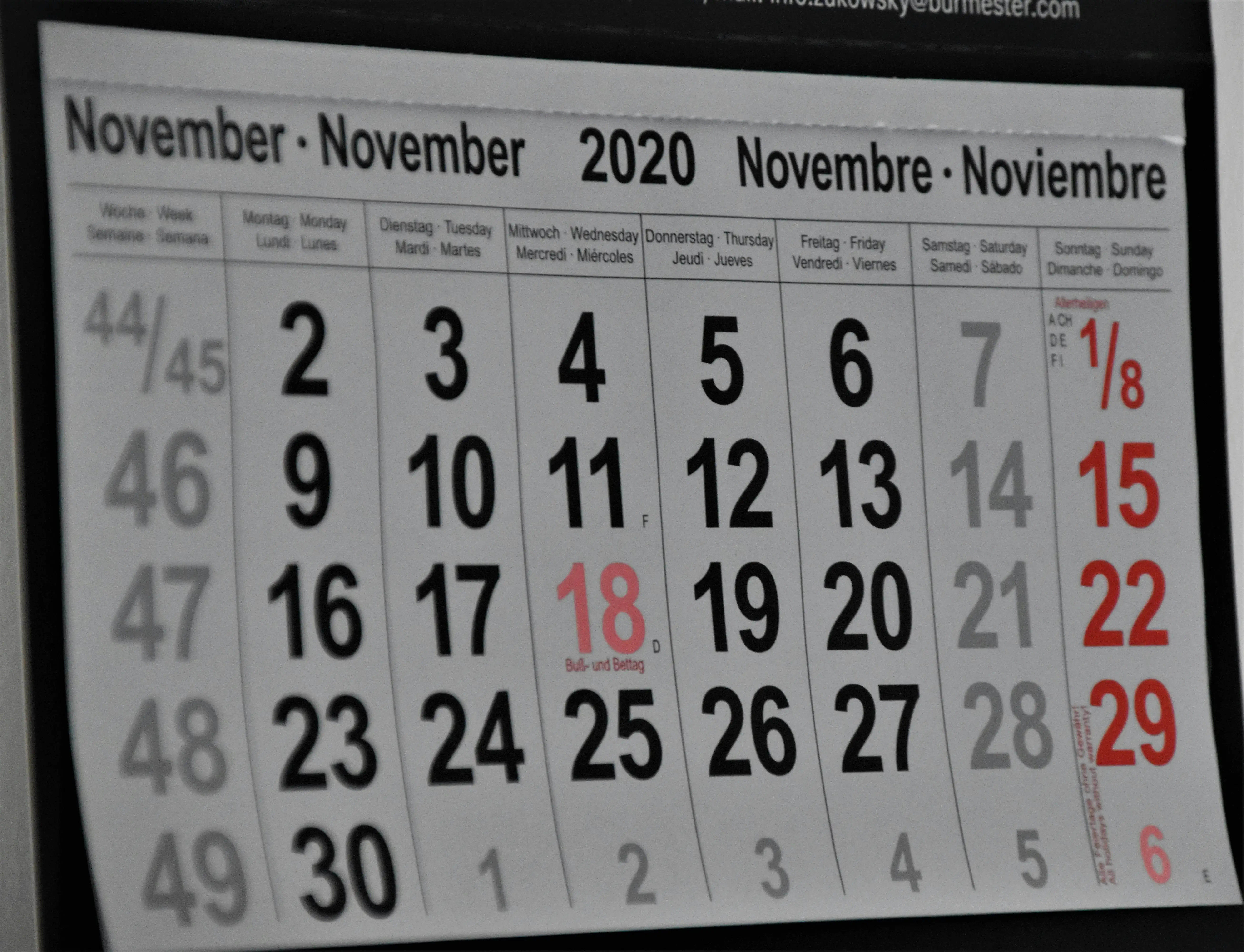Introduction
Your Shopify store was cutting-edge when you launched it three years ago, but the digital landscape moves fast. What felt modern and competitive then might now be holding your business back without you even realizing it. An outdated Shopify store doesn’t just hurt your brand image, it actively costs you sales, search rankings, and customer trust.
Studies show that 38% of users will leave a website if they find the design unattractive or outdated. Even worse, 75% of consumers admit to judging a company’s credibility based solely on website design. When your store looks behind the times, potential customers question whether your business is still active, trustworthy, or capable of providing modern shopping experiences.
The challenge is that store owners often become blind to their own site’s aging elements. You see your store daily and adapt gradually to its limitations, while new visitors immediately notice outdated design elements, slow loading times, or clunky user experiences that drive them to competitors.
This guide reveals the five most telling signs that your Shopify store needs a refresh, from declining performance metrics to outdated design elements that scream “2020.” Recognizing these warning signs early helps you address issues before they seriously impact your business growth and competitive position.
The Cost of an Outdated Shopify Store
Impact on User Experience and Sales
An outdated Shopify store creates friction at every stage of the customer journey. Slow loading times, confusing navigation, and outdated design elements increase bounce rates and reduce the likelihood of visitors becoming customers. Research indicates that improving website design can boost conversion rates by up to 200%.
Poor mobile experiences particularly hurt modern businesses, as mobile commerce accounts for over 50% of online sales. Outdated stores often provide subpar mobile experiences that frustrate users and drive them to competitors with more modern, mobile-optimized designs.
SEO and Search Rankings
Search engines favor fresh, fast, and user-friendly websites. An outdated Shopify store often suffers from technical SEO issues, slow loading speeds, and poor user experience signals that hurt search rankings. Google’s algorithm updates increasingly prioritize modern web standards and user experience factors.
Outdated themes may lack proper schema markup, have inefficient code structure, or miss important technical SEO elements that newer themes include by default. This technical debt accumulates over time, making it harder to compete for search visibility.
Sign 1: Declining Performance Metrics
Traffic and Conversion Drops
The most obvious indicator of an outdated Shopify store is declining performance metrics. If your organic traffic has been steadily decreasing, conversion rates are dropping, or your bounce rate is increasing, your store’s aging design and functionality might be the culprit.
Compare your current metrics to performance from 1-2 years ago. Significant declines in key performance indicators often correlate with your store becoming less competitive compared to modern alternatives in your market.
Customer Feedback and Reviews
Pay attention to customer feedback about your website experience. Comments about difficulty navigating your store, problems with mobile browsing, or comparisons to competitors’ more modern sites indicate that your store’s age is becoming apparent to users.
Negative reviews mentioning website functionality, checkout problems, or overall user experience suggest that technical limitations of your outdated store are affecting customer satisfaction and sales.
Analytics Warning Signs
Google Analytics reveals telling signs of an outdated store through metrics like high bounce rates, low pages per session, and decreased mobile performance. Search Console data showing declining impressions or dropping average positions for key terms often indicates that search engines are favoring more modern competitors.
Page speed insights and mobile usability reports frequently highlight technical issues that accumulate as themes and apps age, requiring either extensive updates or complete redesign to resolve effectively.
Sign 2: Poor Mobile Experience
Mobile Performance Issues
With mobile traffic dominating e-commerce, a poor mobile experience is perhaps the most damaging sign of an outdated Shopify store. If your store was designed before mobile-first became standard, it likely provides suboptimal experiences on smartphones and tablets.
Common mobile issues in outdated stores include tiny text that requires zooming, buttons too small for touch interaction, horizontal scrolling requirements, and checkout processes that frustrate mobile users. These problems directly impact conversion rates and search rankings.
Responsive Design Problems
Older Shopify themes often have responsive design issues that weren’t apparent when they were first implemented. As new devices with different screen sizes emerged, these themes began showing layout problems, broken elements, or functionality issues on certain devices.
Test your store on various mobile devices and screen sizes. If you notice elements overlapping, images not scaling properly, or navigation menus that don’t work well on mobile, your theme has likely become outdated and needs updating.
Mobile-First Indexing Impact
Google’s mobile-first indexing means your mobile site version determines your search rankings. Outdated stores with poor mobile experiences see declining search visibility as Google prioritizes mobile-optimized competitors.
If your mobile site loads slowly, has usability issues, or provides a significantly different experience than your desktop version, it’s time to consider a redesign that prioritizes mobile performance and user experience.
Sign 3: Outdated Design Elements
Visual Design Trends
Web design trends evolve rapidly, and elements that looked modern a few years ago can quickly appear dated. Common signs of outdated design include excessive gradients, drop shadows, small fonts, cluttered layouts, and color schemes that no longer feel contemporary.
Compare your store’s visual design to successful competitors and leading e-commerce brands. If your design feels noticeably different or older, customers likely perceive it as outdated, which can hurt credibility and conversion rates.
User Interface Standards
User interface expectations change as customers become accustomed to modern design patterns from popular websites and apps. Outdated navigation structures, button styles, or interaction patterns can make your store feel clunky and difficult to use.
Modern users expect certain interface elements like persistent shopping carts, quick view functionality, streamlined checkout processes, and intuitive navigation. If your store lacks these expected features, it appears outdated regardless of visual design quality.
Brand Alignment Issues
As your brand evolves, your website should evolve with it. Many stores become outdated because their design no longer aligns with current brand positioning, target audience, or business goals. A disconnect between your current brand identity and website design suggests it’s time for a refresh.
Review how well your current design represents your brand values, appeals to your target customers, and supports your business objectives. Misalignment in these areas often indicates that a redesign is needed to properly represent your evolved business.
Sign 4: Technical Performance Problems
Site Speed Issues
Site speed has become increasingly important for both user experience and SEO. Outdated Shopify stores often suffer from accumulated technical debt that slows loading times. Old themes may have inefficient code, bloated stylesheets, or compatibility issues with modern web standards.
Use tools like Google PageSpeed Insights or GTmetrix to test your store’s loading speed. If your scores have declined over time or significantly lag behind competitors, technical limitations of your outdated setup are likely the cause.
App and Integration Conflicts
As your store ages, conflicts between themes and apps become more common. Outdated themes may not be compatible with newer app versions, leading to functionality problems, visual issues, or performance degradation that affects user experience.
If you’re experiencing frequent technical problems, difficulty updating apps, or compatibility issues when adding new functionality, your theme has likely become too outdated to support modern requirements effectively.
Security and Maintenance Issues
Older themes and customizations may have security vulnerabilities or require extensive maintenance to keep functioning properly. If you’re spending increasing time and resources on technical fixes rather than business growth, your outdated store is becoming a liability.
Security considerations become more important as themes age, especially if they haven’t received recent updates or contain custom code that may have vulnerabilities. Modern redesigns include updated security standards and cleaner code architecture.
Sign 5: Competitive Disadvantage
Competitor Analysis
Regularly analyze your competitors’ websites to identify industry trends and standards. If most competitors have modernized their sites while yours remains unchanged, you’re likely at a significant disadvantage in attracting and converting customers.
Note features, design elements, and functionality that competitors offer but your store lacks. Modern checkout processes, better product displays, improved search functionality, or enhanced mobile experiences can all contribute to competitive advantages.
Customer Expectations Gap
Customer expectations evolve based on their experiences across the web. If your store doesn’t meet current standards for loading speed, mobile usability, visual design, or functionality, customers may perceive your business as less professional or trustworthy.
Consider conducting user testing or gathering customer feedback specifically about website experience. Insights about how your store compares to others they’ve used can reveal outdated elements that need addressing.
Market Positioning Issues
An outdated store can hurt your market positioning, especially if you’re trying to attract new customer segments or expand into new markets. First impressions matter enormously online, and an outdated website can undermine marketing efforts and business development initiatives.
If your business goals have evolved but your website hasn’t kept pace, the misalignment between your aspirations and online presence suggests it’s time for a strategic redesign that better supports your current objectives.
When to Consider a Shopify Redesign
Timing Considerations
The best time for a Shopify redesign depends on several factors including business seasonality, available resources, and the severity of issues you’re experiencing. Generally, it’s better to address problems proactively rather than waiting until they seriously impact business performance.
Consider redesigning during slower business periods when you can dedicate proper attention to the project without disrupting peak sales times. However, if performance issues are significantly hurting revenue, don’t delay addressing critical problems.
Budget and Resource Planning
Redesign projects require investment in design, development, and testing resources. Factor in both direct costs and opportunity costs of team time devoted to the project. However, the cost of not redesigning an outdated store often exceeds the investment required for modernization.
Calculate the potential revenue impact of improved conversion rates, better search rankings, and enhanced customer experience that typically result from professional redesigns. This analysis helps justify the investment and prioritize budget allocation.
Scope Assessment
Determine whether you need minor updates, significant modifications, or complete redesign based on the severity of issues identified. Sometimes targeted improvements can address specific problems without requiring full redesigns, while other situations demand comprehensive overhauls.
Consider both immediate needs and long-term business goals when defining project scope. A well-planned redesign should address current issues while positioning your store for future growth and market changes.
Planning Your Store Refresh
Setting Clear Objectives
Before beginning any redesign project, establish clear objectives for what you want to achieve. Whether focusing on improved mobile experience, better conversion rates, enhanced brand representation, or competitive positioning, specific goals guide design decisions and help measure success.
Document current performance baselines and set realistic improvement targets. Having measurable objectives helps evaluate redesign success and ensures the investment delivers expected returns.
Professional vs. DIY Approach
Decide whether to handle redesign work internally or hire professional help based on project complexity, available resources, and required expertise. While simple updates might be manageable internally, comprehensive redesigns typically benefit from professional design and development experience.
Consider the total cost of ownership including your time investment, learning curve, potential mistakes, and opportunity cost of focusing on redesign rather than core business activities. Professional help often delivers better results faster and more cost-effectively.
Conclusion
Recognizing the signs of an outdated Shopify store is the first step toward maintaining competitive advantage in the rapidly evolving e-commerce landscape. Declining performance metrics, poor mobile experience, outdated design elements, technical problems, and competitive disadvantages all signal that it’s time for a refresh.
The good news is that addressing these issues through strategic redesign typically delivers significant returns in improved user experience, higher conversion rates, better search rankings, and enhanced brand credibility. The investment in modernizing your store pays dividends through increased sales and competitive positioning.
Don’t wait until problems become severe enough to seriously impact your business. Proactive redesign based on early warning signs helps maintain momentum while positioning your store for continued growth and success. Your customers, search rankings, and bottom line will all benefit from keeping your Shopify store current with modern standards and expectations.
Remember that redesign isn’t just about aesthetics, it’s about creating a foundation for business growth. A modern, well-optimized store becomes a powerful asset that works harder to convert visitors into customers and support your long-term business objectives.





